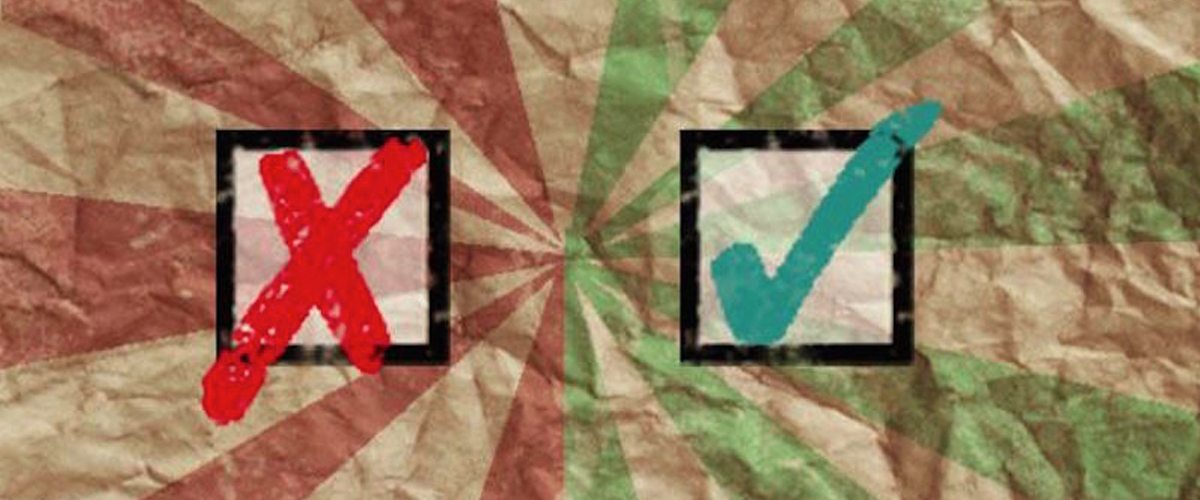Since California was the first to pass state run medical marijuana legislation in 1996, 22 states and Washington DC have followed and established programs of their own. Others, like Colorado, Oregon, Washington, and Alaska, have gone a step further and fully legalized recreational marijuana. However, passing legislation is far more complicated than tapping a magic wand which gifts access to all those in need. Some states have been able to establish streamlined, effective programs while others seem to have landed in a web of legislative problems.
The Best State Run Cannabis Programs:
Oregon
Consistently, Oregon has proved that they’re the state to emulate when it comes to medical marijuana programs. The Oregon Medical Marijuana Program (OMMP) has qualified many of the major health conditions, like cancer, Alzheimer’s disease, HIV or AIDS, seizures, and post-traumatic stress disorder (PTSD). In that light, the program allows veterans with PTSD to get their marijuana card for only $20, compared to the regular $200 cost. Access to cannabis isn’t a problem, as the state currently has 334 dispensaries and patients can cultivate 12 mature plants in residential zones and 48 in non residential zones. Any licensed physician in the state can recommend the use of medical marijuana to their patients. As of January 1, 2016, there are 77,620 medical marijuana patients in Oregon and 1,720 licensed physicians with current medical marijuana patients.Colorado
Like Oregon, Colorado residents don’t have to worry about being able to access medical marijuana relatively easily. It only costs patients $15 to apply for a medical marijuana card and there are over 400 dispensaries throughout the state. Further, the laws allow patients or their primary caregivers to cultivate up to six marijuana plants. The state has approved many of the major debilitating conditions, like cancer, HIV or AIDS, severe nausea, glaucoma, severe pain, cachexia, and persistent muscle spasms. All licensed M.D. and D.O.’s in good standing, that have a copy of their current DEA certificate, can recommend medical marijuana to their patients. As of December 31, 2015 there are 107,534 current patients in Colorado’s medical marijuana program.California
Differing legal interpretations of both California’s Compassionate Use Act in 1996 and the Medical Marijuana Program Act in 2003 caused issues regarding storefront dispensary sales for California, but they’ve been able to remain among the top states for medical marijuana programs. Patients and their caregivers can legally use, possess, and cultivate cannabis for medical purposes. Becoming a medical marijuana patient only requires a recommendation from a licensed physician, who is free to recommend cannabis for any serious or persistent condition. No ID card is required to purchase medical marijuana as the recommendation allows for the legal possession of up to eight ounces of marijuana or for cultivating no more than six mature or 12 immature plants. However, California patients are concerned about what will come along with new regulatory changes to the three bills recently signed by Gov. Jerry Brown. Known collectively as the Medical Regulation and Safety Act (MMRSA), these bills establish a legal framework for the cultivation, manufacturing, distribution, transportation, sale, and testing of medical cannabis. There are currently 716 dispensaries throughout the state.The Worst State Run Cannabis Programs:
New York
Medical marijuana patients in New York were excited that the state finally launched its medical marijuana program earlier this January, but the law’s restrictions looks to be preventing access for a lot of patients. In fact, the program seems to be trying to make it as difficult as possible for patients to get access.- Only 10 conditions have been approved.
- There are only 20 dispensaries throughout the state.
- No personal cultivation of marijuana is allowed.
- The program does not allow for the purchase of whole plant marijuana or anything smokable or edible, but rather only five specific strains of cannabis-based oils.
- Only five companies have been approved to manufacture and sell those oils.
- There are no provisions to ensure access for low-income patients.






